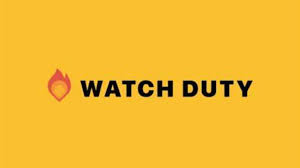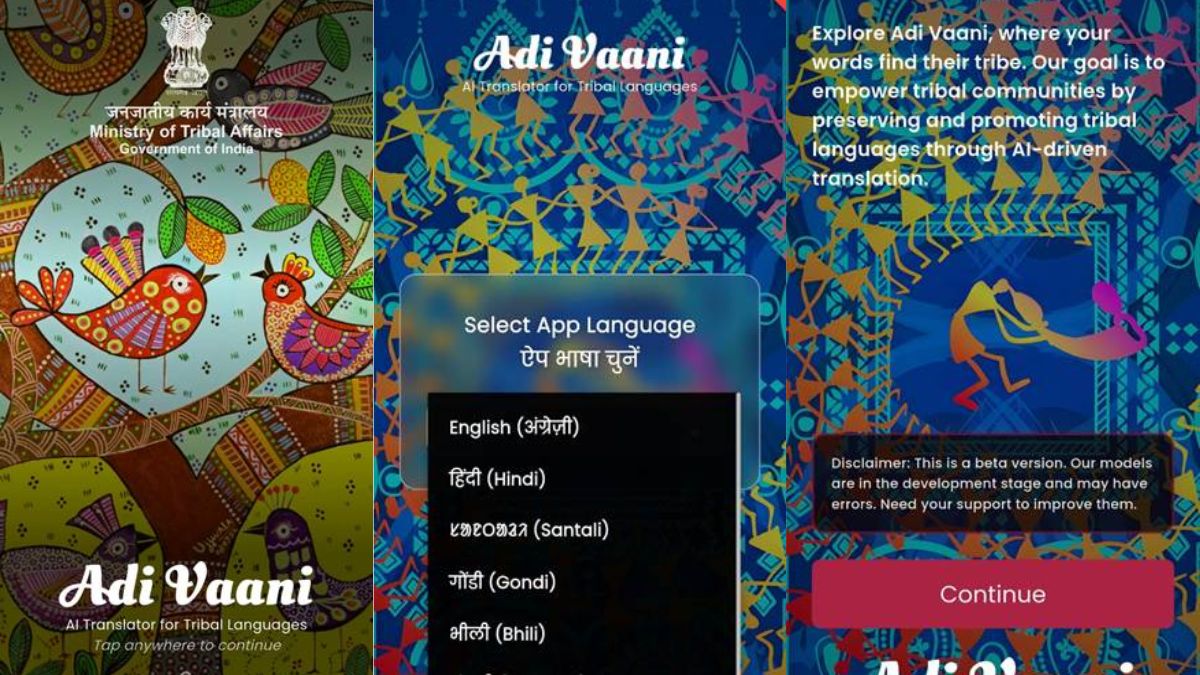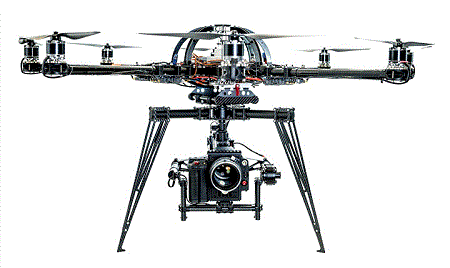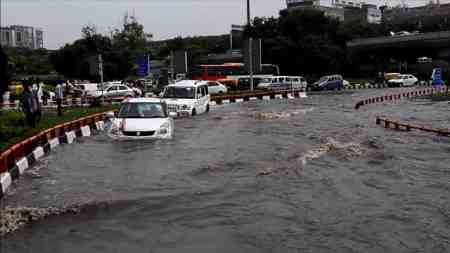Watch Duty, a free wildfire tracking app, has emerged as a critical tool for millions of Americans living in fire-prone regions. Launched in 2021 by John Mills, a software engineer and wildfire survivor, the app provides real-time updates on wildfires, evacuation orders, and firefighting efforts.
Operated by the nonprofit Sherwood Forestry Service, Watch Duty has become a lifeline for communities during wildfire emergencies, combining technology, volunteer expertise, and community-driven reporting to deliver accurate and timely information. By 2025, the app had grown to over 7.2 million yearly active users, with its impact highlighted during the devastating Los Angeles wildfires of early 2025.
Watch Duty was born out of personal necessity. In 2020, John Mills moved to Sonoma County, California, only to find himself unprepared for the Walbridge Fire that threatened his property. Frustrated by the lack of timely information from official sources, Mills turned to social media, where volunteers shared updates from radio scanners. Recognizing the need for a centralized platform, Mills developed Watch Duty to aggregate and verify wildfire data, making it accessible to the public in real time. The app’s mission is simple: to save lives and reduce stress during wildfires by providing accurate, actionable information.
How Watch Duty Works
Watch Duty operates through a combination of official data sources and a network of over 200 volunteers, including active and retired firefighters, dispatchers, and first responders. These volunteers monitor radio scanners, satellite imagery, and government reports to provide real-time updates on fire perimeters, evacuation zones, and firefighting efforts. The app’s interactive map displays active fires, wind conditions, and evacuation routes, while push notifications alert users to new developments. Watch Duty also integrates data from wildfire cameras, weather services, and emergency management agencies, ensuring comprehensive coverage.
One of the app’s standout features is its commitment to accuracy. All information is vetted by volunteers, and the app avoids sharing personally identifiable information or unverified reports. This focus on reliability has earned Watch Duty the trust of users, first responders, and government agencies alike.
Impact During Wildfires
Watch Duty’s impact has been most evident during major wildfire events, such as the 2025 Los Angeles wildfires. During this crisis, the app added 750,000 new users in a single 10-hour period, reaching over 2 million downloads. Its real-time updates and clear mapping tools helped residents make informed decisions about evacuations, while its integration with official data sources ensured accuracy. For example, users could track the Palisades Fire’s progression, view evacuation zones, and monitor firefighting aircraft in real time.
The app’s role extended beyond individual users. First responders and emergency management agencies relied on Watch Duty for situational awareness, using its data to coordinate evacuation efforts and allocate resources. The app’s ability to deliver updates faster than traditional government systems proved invaluable during fast-moving fires.
Community and Volunteer-Driven Approach
What sets Watch Duty apart is its community-driven model. The app’s volunteers, many of whom are wildfire survivors or professionals, work tirelessly to monitor and verify information. This grassroots approach has fostered a sense of trust and collaboration among users, who often share their own observations and photos through the app. Watch Duty’s nonprofit status further reinforces its commitment to public service, as it operates without ads or data collection, relying instead on donations and memberships.
Challenges and Innovations
Despite its success, Watch Duty has faced challenges, including occasional false alerts and the need to scale its operations during peak wildfire seasons. During the 2025 Los Angeles wildfires, the app mistakenly issued a city-wide evacuation alert, underscoring the importance of refining its notification system. However, Watch Duty’s transparency and commitment to improvement have helped maintain user trust.
Looking ahead, Watch Duty plans to expand its services to include other natural disasters, such as floods and extreme weather events. The app is also exploring advanced technologies, including AI and predictive analytics, to enhance its alert systems and provide even faster updates.
Watch Duty’s influence extends beyond wildfire tracking. By providing free, reliable information, the app has empowered communities to take proactive steps during emergencies, reducing panic and improving safety. Its success has also highlighted the limitations of traditional emergency alert systems, prompting discussions about the role of technology in disaster response.
Moreover, Watch Duty has become a model for nonprofit innovation, demonstrating how technology can be harnessed for public good. Its emphasis on transparency, efficiency, and community engagement has set a new standard for disaster preparedness apps.







